Trump’s meeting with Xi left more questions than answers
The two global superpowers are locked in a perilous dance.
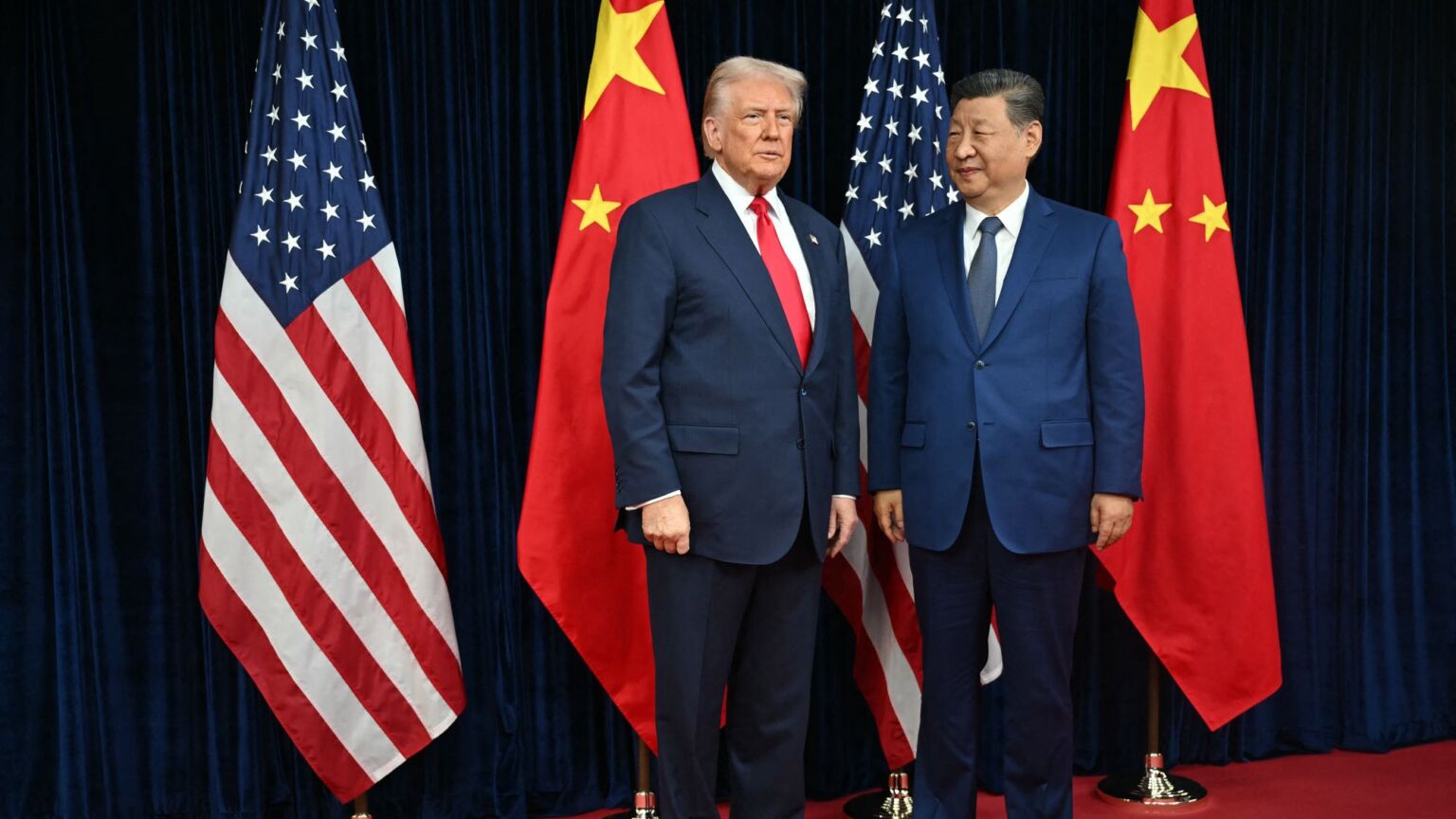
Want unlimited, ad-free access? Become a spiked supporter.
It isn’t the war in Ukraine, or even Gaza, which occupies the thoughts of US president Donald Trump and his advisers. Nor is it his metaphorical war on woke. Instead, the most significant war of Trump’s presidency is America’s cold war with China.
Trump’s summit with Chinese president Xi Jinping last week, lasting just 100 minutes at the neutral Gimhae Air Base in South Korea, garnered worldwide attention. This is hardly a surprise – after all, it was the first time the leaders of the world’s biggest economies and militaries met face-to-face since Trump’s second term began in January.
Speaking to reporters after the meeting, Trump scored the meeting ‘12 on a scale of one to 10’. But, like many statements made by the American president, that one was both overblown and misleading.
Agreement was only reached over some of the sticking points that have plagued Sino-American relations in recent times, particularly under Trump. China walked back its threats to suspend exports of its critical minerals and agreed to buy American soybeans. A supposed agreement on fentanyl smuggling was also reached. The truce in the trade war, which had been set to expire next month, has been extended for another year.
Significant problems, however, remain unresolved – the biggest of which is Taiwan. Under Xi, China has promised to reunify the country with mainland China in 2028, if necessary by force. Most people believe that America, while officially maintaining a position of ‘strategic ambiguity’ with regards to the island nation, would defend it.
Despite Trump’s breezy verdict, most of the media notched the meeting down as a win for Xi, or at least a draw. The Times contended that the summit ‘left trade relations not vastly different from what they were when Trump came to power, before his first tariff blitz’. In other words, little has changed as a result of the meeting, and the big issues were kicked down the road. A similar note was struck by the newspaper’s China correspondent, who noted that, in his postures on trade, Trump ‘often appears to adopt the strategy of marching tariffs to the top of the hill and then marching them down again’.
This was a predictable result, for those willing to look past Trump’s usual bravura. Indeed, an article in Foreign Affairs, published a week before the meeting, argued that Xi is now more in control of events than Trump. It highlighted ‘the inability of the United States to perform even the most basic governance functions, such as passing a federal budget on time’, as well as Washington’s confidence-sapping record of mishandling major crises such as the Iraq War, the Global Financial Crisis and the pandemic. By contrast, the article contended:
‘[The Chinese Communist Party] is an incredibly effective learning institution. Although it still makes serious mistakes… it seldom makes the same mistake twice. Party leaders were caught flat-footed when Trump launched his first-term trade war… when Trump unveiled his so-called Liberation Day tariffs at the beginning of his second term, in 2025, however, Beijing was ready with a flurry of countermeasures that it could unleash in response.’
Behind the usual facade of bonhomie, both Trump and Xi knew that their brief meeting was not a rapprochement. The fundamental geopolitical antagonism still exists. Thus, a few hours before they met, Trump ordered the testing of America’s nuclear weapons for the first time in 33 years. The tactic is an old one: in the 1980s, then president Ronald Reagan prevailed against the Soviet Union partially by forcing it to engage in the arms race. The Soviet Union bled itself dry trying to keep up. China, however, is likely to be a different story.
Not all roads lead to a war between America and China. Analysts at Nomura, one of Japan’s biggest financial firms, have said that the meeting reflected a new normal of ‘tension, escalation and truce’.
Whether this is true remains to be seen. In any event, it is perhaps the best we can hope for.
James Woudhuysen is visiting professor of forecasting and innovation at London South Bank University. He tweets at @jameswoudhuysen.
You’ve read 3 free articles this month.
Support spiked and get unlimited access.
Help us hit our 1% target
spiked is funded by readers like you. It’s your generosity that keeps us fearless and independent.
Only 0.1% of our regular readers currently support spiked. If just 1% gave, we could grow our team – and step up the fight for free speech and democracy right when it matters most.
Join today from £5/month (£50/year) and get unlimited, ad-free access, bonus content, exclusive events and more – all while helping to keep spiked saying the unsayable.
Monthly support makes the biggest difference. Thank you.
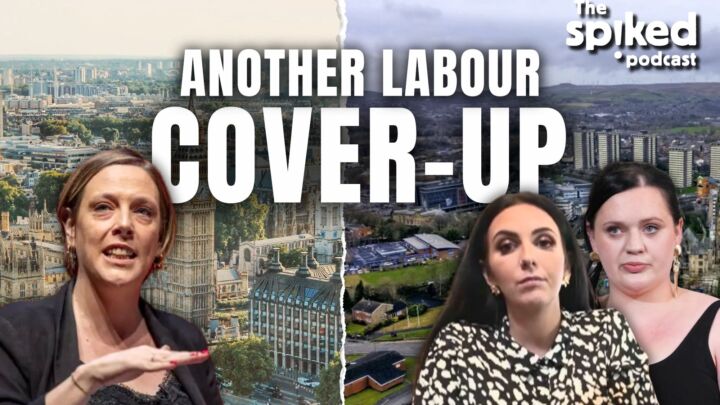



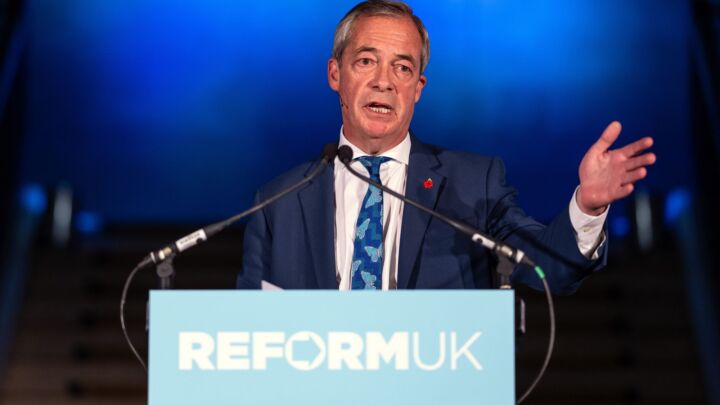
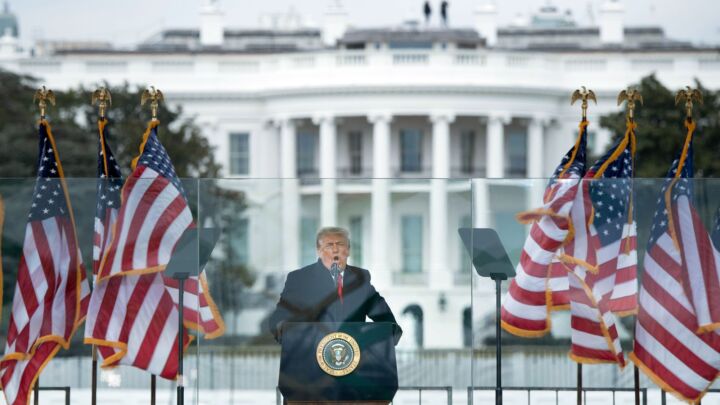


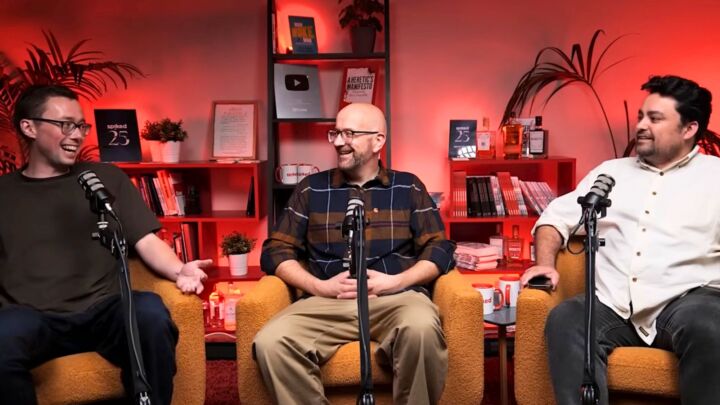
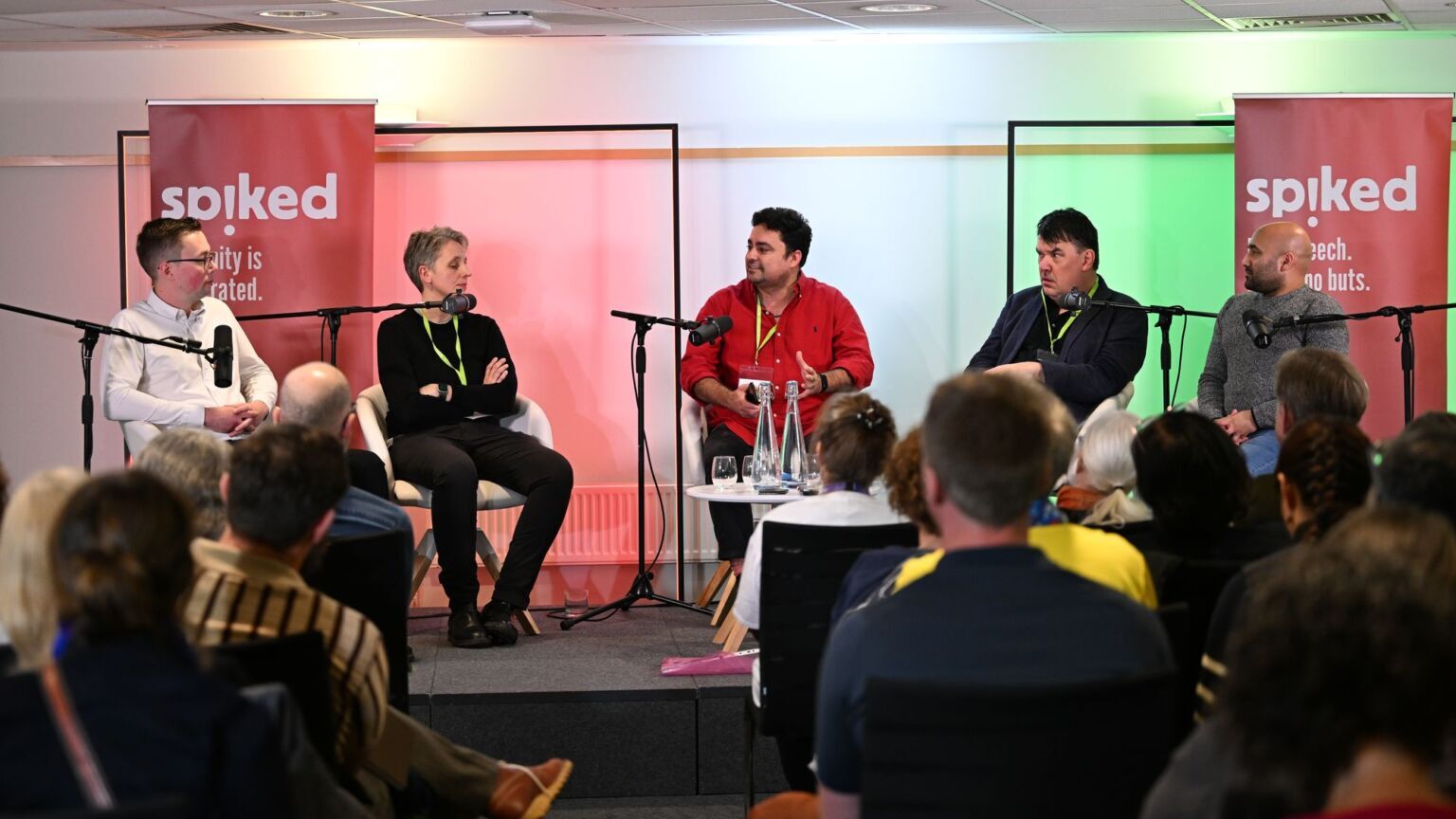
Comments
Want to join the conversation?
Only spiked supporters and patrons, who donate regularly to us, can comment on our articles.